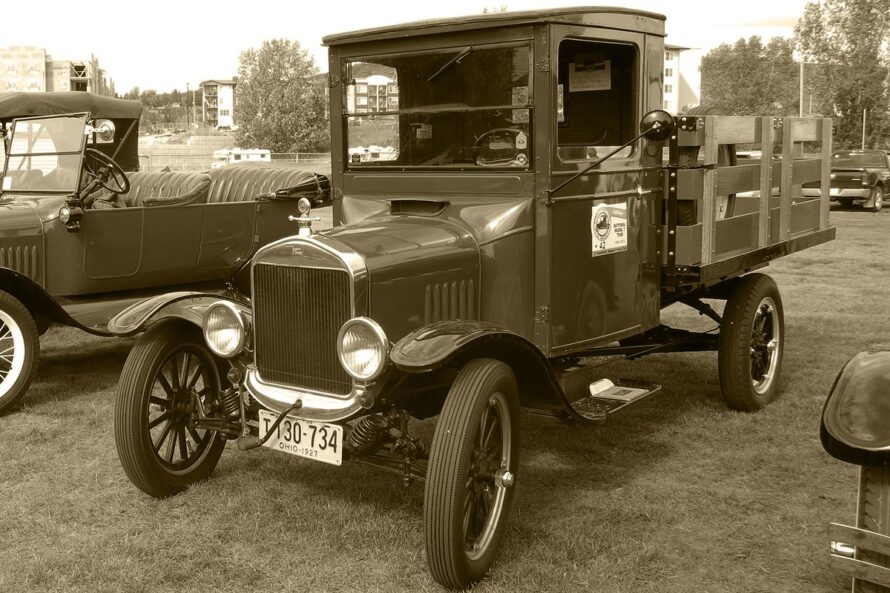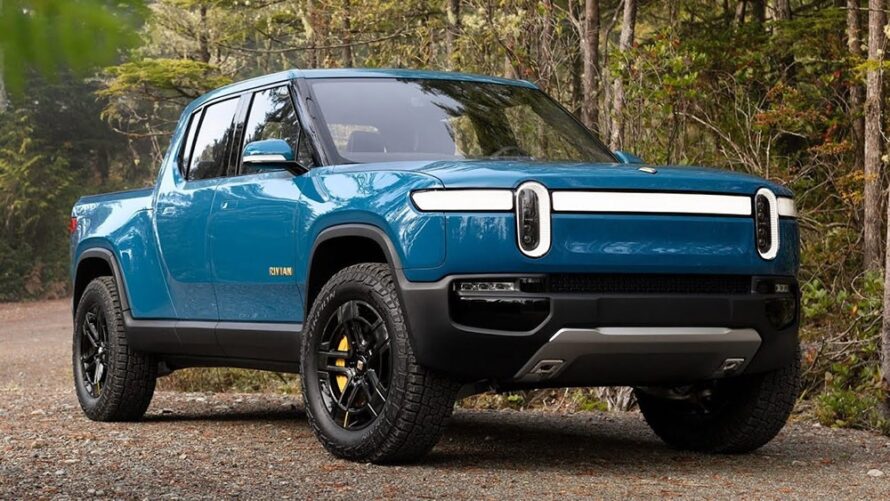Rudloe Wombles Recognised by Wiltshire Council and idverde for Community Impact
The Rudloe Wombles litter-picking group has been formally recognised by Wiltshire Council and idverde for their significant contribution to the Box Parish community.
Grounds Maintenance, Landscape Creation, Arboriculture, Sports Surfacing, Parks management, IOS Managing Safely Training, Ecology & Biodiversity, Grass cutting, Horticulture, Street Cleaning, Soft Landscaping, Hard Landscaping
idverde provides a wide range of green services, including grounds maintenance, landscape creation, and advice services, to both private and public sectors across the UK.
idverde’s Head of Assets and Fleet, Angus Lindsay, contemplates the use and future of the long-running pick-up truck in the industry.
Since 1925 when Henry Ford decided to further the mass market appeal of his Model T by customising his saloon car, the pick-up has been part of our daily lives and used in every country across the world for everything from polar expeditions to political coups. It truly has become the workhorse of choice for many in our industry, and is the preferred option for builders, machinery suppliers, landscapers, engineers, garden centres – the list goes on.
For others, the pick-up has become a lifestyle accessory, even though the only off-roading it will see is climbing onto the kerb, and the tow-bar is something you bang your knee on. Why these vehicles need oversized, all-terrain tyres, side-steps and trailblazer light bars is beyond me. It certainly does nothing for their fuel economy. Far be it from me to criticise an individual’s choice of vehicle, but I think the days of the pick-up as we know it are numbered. Some manufacturers have already pulled out of the market to concentrate on other technology, with others deciding to limit the countries into which they sell this type of vehicle.

In its basic commercial specification, the pick-up is the ideal workhorse for a multitude of tasks: 3,500kg towing capacity, 1,000kg payload and off-road ability tick many boxes, and all in a more compact package than the equivalent 3,500kg LCV, and considerably cheaper than a Land Rover or equivalent. Taking it to the other extreme, utility companies go even further by fitting bespoke workshop bodies and winches to their vehicles so that technicians can become fully self-sufficient in the field. I do chuckle when I see the latest 200 Warrior trundling along the road on black alloys with low-profile road tyres and an Airfix™ canopy on the back. I don’t really see the point myself, but I’m sure there’s a reason for it.
Back in the real world, what does the future hold for this beast of burden as it approaches its centenary? Pick-ups are not the most environmentally friendly vehicles on the road, with the average 4×4 double-cab pick-up covering 12,000 miles per annum emitting over 5,000kg of CO2 – around twice as much as a VW Golf diesel covering the same distance. I shudder to think what the V8 gas-guzzlers
roaming the freeways of the US emit. Whilst I accept we are not comparing like for like, it does put things in context, and maybe for some applications the days of the pick-up as the transport of choice are numbered, especially where businesses are looking towards a more sustainable future.

So, is the pick-up as we know it destined to follow the path of the dinosaur? Not at all! Its powertrain may change, but I think its use is too-much ingrained into our society for it to be consigned to the scrap heap. Tesla has so-far led the way in EV technology and I’m sure we’ve all seen its Cyber truck with its impact resistant glass which exploded during the launch event. There are companies out there transplanting Tesla technology into Land Rovers to give them a revived greener future.
Currently, one of the most practical options also comes from across the water in the form of the Rivian R1T (pictured above), which to all intents and purposes is a pick-up – albeit a fully electric one costing a cool £50k – about the same as a fully loaded Ford Raptor but with a claimed 300-mile range, capable of towing up to 5,000kg and with a terrifying 0-60mph of three seconds. Bright sparks these Americans. I’m sure the Japanese are not far behind!
Angus’s article is also published in the April 2021 issue of Pro Landscaper magazine.